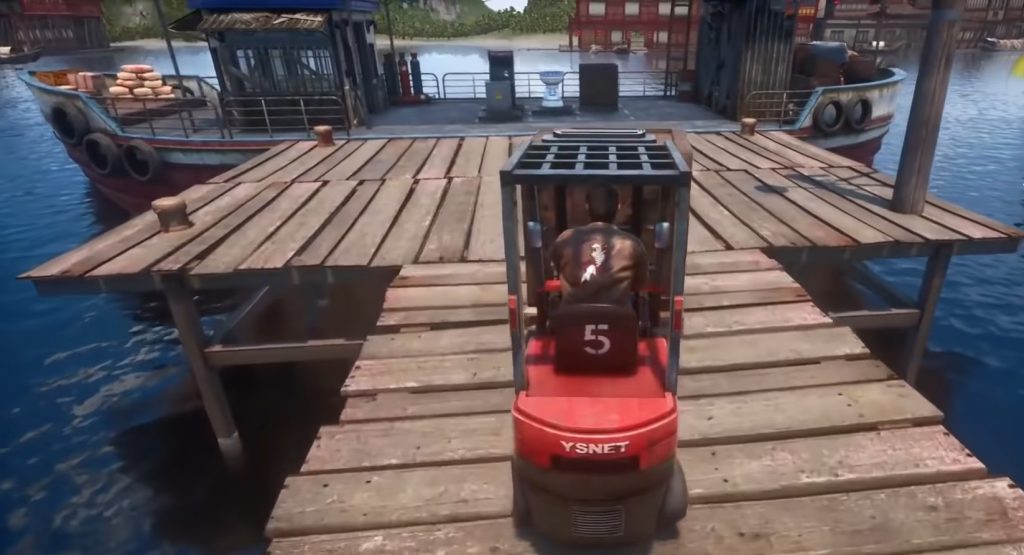Shenmue III has not had an easy journey. The Shenmue series, which debuted in 1999, was originally set to span multiple games. However, the sheer cost of development and the fact that the Sega Dreamcast failed meant it was effectively canceled after Shenmue II in 2001. In the years since, the two original titles achieved cult status. A relatively small but dedicated group of fans continuously pushed for further sequels to conclude the story.
They got their wish when series creator Yu Suzuki announced at E3 2015 he was launching a Kickstarter to help crowdfund the development of Shenmue III. With financial help from Sony and Deep Silver, Shenmue III finally launched in 2019.
But can a sequel based on a game that last released almost two decades ago hold up to player expectation? After all, the new game has to juggle remaining faithful to the original series with modernizing for today’s audience. Here’s how Shenmue III fares.

Story
Shenmue III starts almost immediately where the series left off some 18 years ago. Ryo Hazuki has traveled to China to search for his missing father and those responsible for his abduction. As things start to pick up pace, you learn about certain important artifacts and why stonemasons are going missing.
The real joy of the narrative comes from the compelling characters you meet. A few fan-favorites return from the first two games. However, most of the new individuals are interesting and do a good job of replacing them. For those who find it hard to let go, a clever mechanic does bring back those characters who are not physically involved. You can call them up and have conversations with them via telephone.
For the most part, the story is a fun ride. It is not the greatest video game plot in the world but for fans of the first and second games, it is a faithful continuation. Yet, you should not expect any kind of conclusion to the tale. The developers seem to want to keep the story going. By the end of the campaign, there are more unanswered questions than at the beginning. Obviously, it is disappointing to not see a proper ending, especially with the future of the series far from certain.

Gameplay
Much like the original Shenmue games, the 2019 edition combines many genres. Series director Yu Suzuki has often said that he intends the titles to be life simulators. To that end, players find themselves having to do all sorts of tasks. Ryo needs a constant supply of cash for almost everything. Some main quests even involve spending large amounts of money to buy an essential item. You get income in Shenmue III the same way you do in real life: by completing jobs.
A brief sampling of the kinds of work available to Ryo includes fishing, chopping wood, or collecting herbs. These might sound like tedious inclusions to pad out the playtime but they are essential to the experience. Everything in Shenmue III builds towards improving yourself, and these mini-games provide the means to do that. The variety of tasks keeps things fresh, while the ways you can spend your hard-earned wages are plentiful. Even unlocking new fighting moves and powering up your abilities involves completing mini-games.
Outside of this, you spend most of your time fighting bad guys and carrying out detective work. The police work involves questioning people and choosing the best responses in conversations to get information. There are also several clues to find that will help you advance the case. Meanwhile, the combat plays out like an early Virtua Fighter game. A few updates to the system mean that fighting many enemies is less frustrating. But it remains generally unsatisfying.
Presentation

Much of the game’s presentation seems to be stuck in the past. Animations are far from smooth and remind you of the early days of 3D gaming. Characters will often go about their business in what can only be described as a clunky manner. This gives many of the individuals within Shenmue III a sort of lifeless persona. It is especially true when it comes to facial animations.
Even worse, though, are the bland performances. While the characters cannot show much emotion on their faces, the voice acting is unbearable at times. Picking out any good deliveries is difficult. The dialogue all sounds as if the actors have lazily read it from a script after seeing it for the first time. Ultimately, Shenmue III looks as if it has not made any progress in the intervening years. It is technologically stuck in the past. Whereas that is nice in terms of gameplay and story, it is a real detriment for the presentation.
Final Verdict
Shenmue III was always going to be in a tough position. Many of the gameplay mechanics and concepts Shenmue introduced almost 20 years ago are now commonplace. While the original titles were groundbreaking, this sequel does very little you cannot find in other games. The classic gameplay and mini-games are likely to only appeal to longtime fans. Newcomers will probably find the bizarre design choices that the series is known for bewildering. Although it is definitely the sequel fans wanted, Shenmue III will remain an acquired taste.


